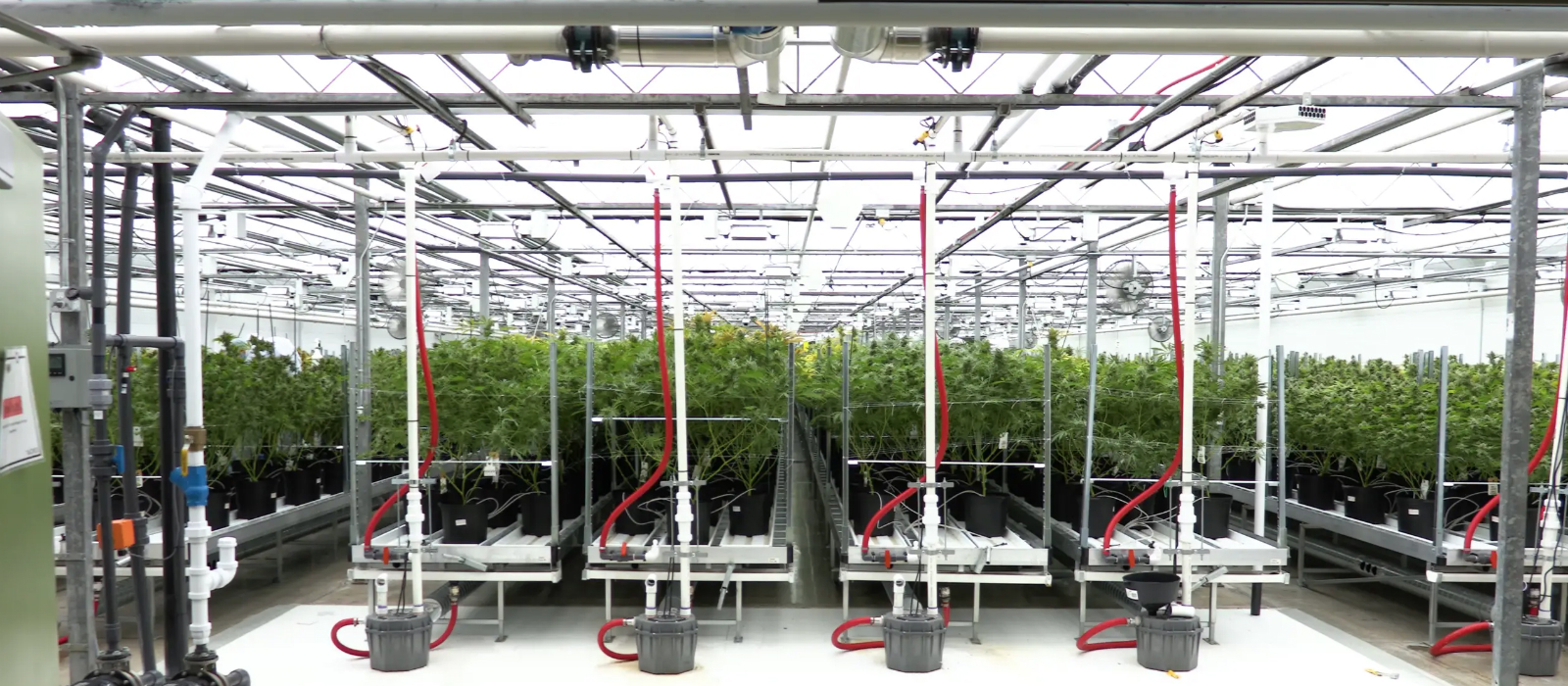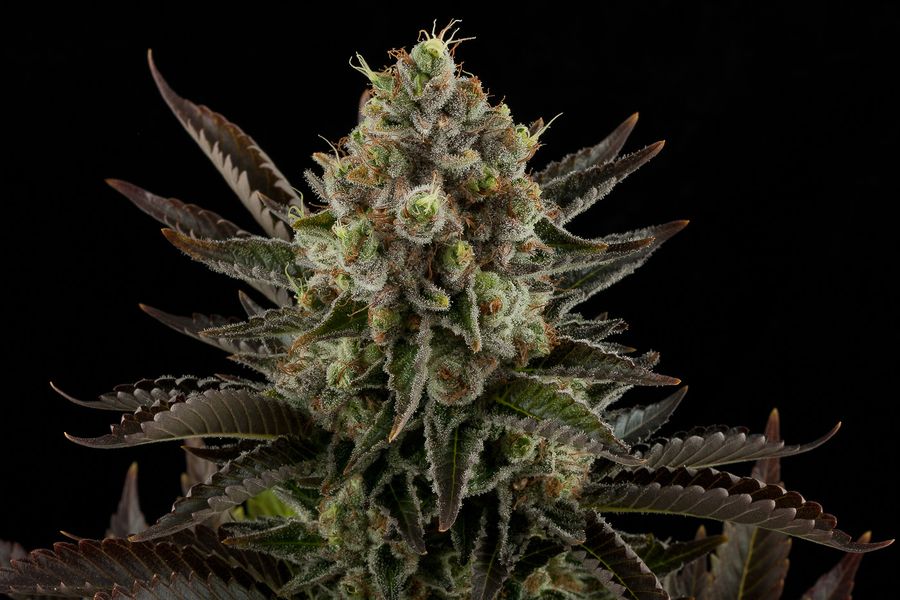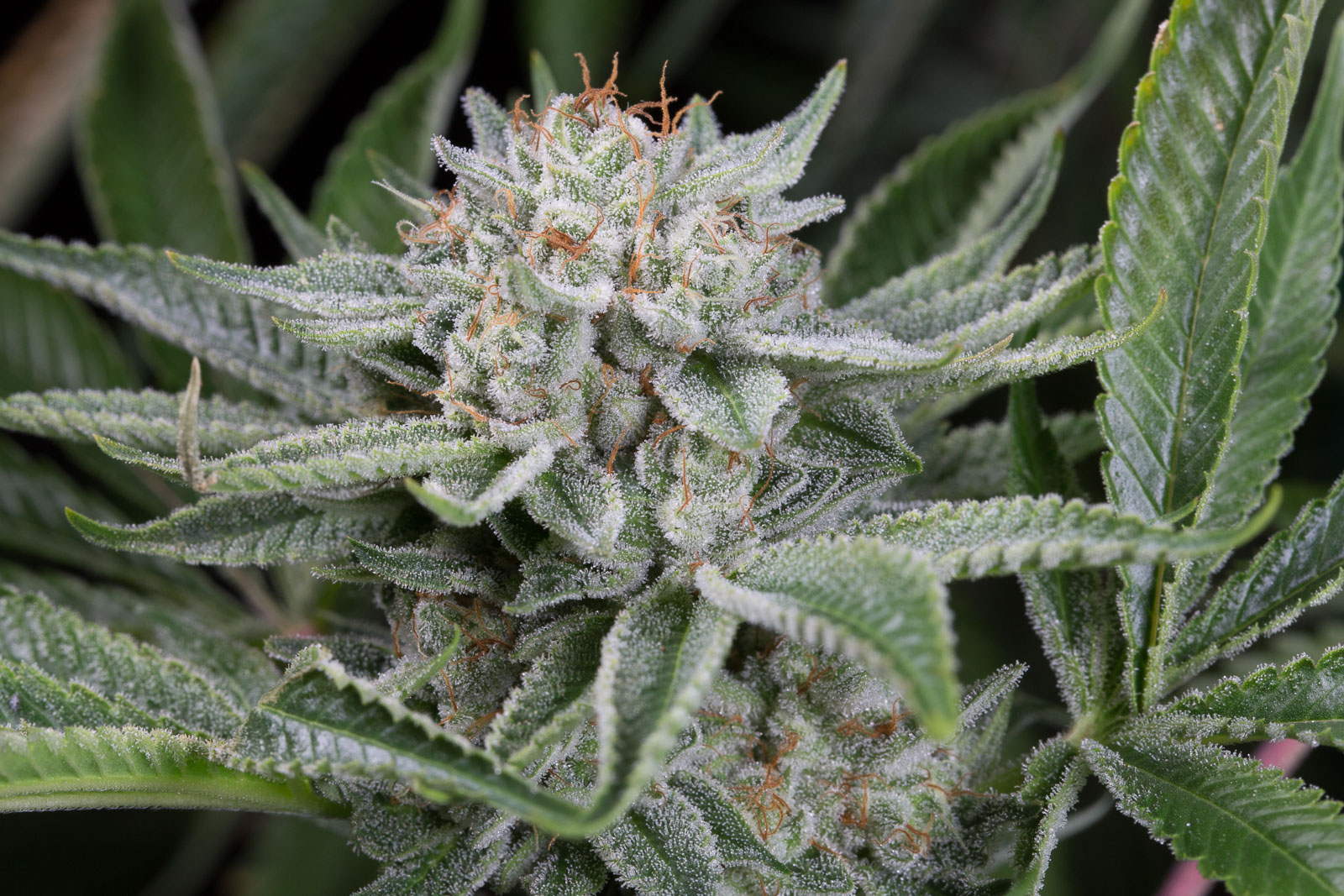- Medicinal cannabis is often seen as just CBD, but this description is clearly an oversimplification.
- Far from it, the therapeutic use of marijuana is not just about cannabidiol.
- The cannabis type, the dose and the administration route vary from condition to condition and from patient to patient.
- Read on for some of the most common misconceptions regarding medicinal cannabis.

"Medicinal cannabis is CBD stuff, the non-psychoactive compound some children use to fight epilepsy." "THC is for stoners, sick people don't use that stuff, they use CBD." "Canadian greenhouses are aimed at patients; they're full of cannabis plants, but of the kind that don't get you high. That's why it's legal, because it's for sick people, it's not like smoking weed or anything." Does any of this sound familiar? Well, it does to us. In fact, we have recently noticed a tendency to link medicinal cannabis to CBD and recreational uses to THC and thus to psychoactivity.
And the same applies to the legal side of the substance. People seem to be assuming that legal means medical, and if it's illegal then it must be recreational, but far from it. The legal status of cannabis has no bearing with the use people make out of it, but with national regulations, which vary from country to country. The plants grown in Canadian greenhouses, for instance, are intended for both medical and recreational use because Canada has legalised cannabis in full.
Besides, the therapeutic use is not exclusive to a given type of cannabinoid or strain, meaning that a same plant, with the same properties and chemical composition, can be used both medically and recreationally. In fact, the distinction between medicinal and recreational cannabis has to do with the aim of the use rather than with the nature of the plant itself. So if you still think that medicinal cannabis comes down to a handful of strains and is closely linked to CBD, keep reading and let this article prove you wrong.
Is there such a thing as medicinal and non-medicinal cannabis?
Not quite. Cannabis is simply cannabis, that is, the sativa plant, which is not medicinal or non-medicinal per se. It is the use people make out of it that makes it a medicine or a source of amusement. Put another way, it is the consumer that ultimately gives it medical or recreational status.
THC, for instance, which has been found to have analgesic properties that interact with the central system blocking pain signals in the brain, can be used as anti-pain treatment by chronic pain sufferers while being also suitable for recreational users who like to get high on THC-rich strains. The active ingredient is the same in both cases but the reason form consumption is completely different.
At this point, however, a question arises: do those who use THC-rich strains for pain relief get high too? Well, the answer is yes, as the cannabinoid that curbs pain and triggers psychoactivity is exactly the same. In fact, lab techs here at Dinafem Seeds believe that medicinal cannabis should always have some CBD content, however small. The reason for this is because this cannabinoid counters THC's psychoactivity in the brain, allowing medical users to follow their treatment plan without getting high. Because cannabidiol is an antagonist of tetrahydrocannabinol, consuming strains with a 1:1 CBD/THC ratio allows pain control with a low psychoactive effect.
IS CBD the only "medicinal" cannabinoid?
Certainly not. Cannabis contains some 500 active ingredients, about a hundred of which are cannabinoids. And while not all of them have been studied in terms of their composition and medical applications, we do know they interact with the human body through the endocannabinoid system, as explained in the video below.
Also, because cannabis has been illegal in most countries until quite recently, there is little research on the effect of the plant's various active ingredients on the human body. And the same applies to its medical applications: having been a prohibited substance until not very long ago, the effects have not been sufficiently tested on humans so as to draw firm conclusions.
In any case, one of the most deeply studied cannabinoids to date is cannabidiol (CBD). Isolated by Israeli researcher Raphel Mechoulam, it has been found to produce no psychoactive effects in the brain, having been used, among others things, in children with severe epilepsy, who were administered CBD oil experimentally by their parents ̶ i.e. without a medical prescription but under expert supervision (see the cases of these children).
Because it has been proven to produce no sensory alteration, CBD has been taken less seriously than other cannabinoids by institutions and governments across the world. The World Health Organisation considers it a harmless substance, the World Anti-Doping Agency has removed it from its prohibited list and in several countries in Europe, where the legalisation process proceeds more slowly than in other continents, the sale of CBD-rich strains is now a reality. Hence the confusion of tarring all things therapeutic with the brush of CBD. But while it may enjoy a better reputation than other cannabinoids, and even if its anti-inflammatory and anti-seizure properties have earned it a spot on the podium of therapeutic cannabis, it is not the substance in the plant with medical applications.
How to know which cannabis strain is best for your disease
Physicians are the only professionals qualified to prescribe medications, and may, after assessing each patient's specific situation, as well as the effects of the prescribable drugs, advise patients on the best treatment option for their condition or symptoms. Of course, in the case of marijuana, such a scenario is only possible in countries like Canada, Israel, Uruguay and some US states, where medicinal cannabis is legal to use ̶ doctors elsewhere are not allowed to prescribe cannabis-based drugs and patients are thus forced to resort to self-medication.

We at Dinafem are often contacted via our social media channels by people who are interested in the therapeutic benefits of the plant and need advice on the strain and administration route that may work best for their condition. In such cases, we always stress that we are not medical professionals and cannot therefore ensure that a particular strain will improve the quality of life of a given person. We can just provide information on the cannabinoid content of our strains and, taking into account the effects of the two most studied cannabinoids to date, namely THC and CBD, make guesses about their possible effects.
Another important consideration is the fact that the whole focus has been on CBD and THC, while in fact cannabis contains about a hundred cannabinoids. This means there are another 98 compounds that can interact with the endocannabinoid system but that have been left out because they have not been sufficiently researched.
In any case, there are some very broad parameters that can serve as guidelines:

THC-rich strains
Properties attributed to tetrahydrocannabinol include muscle relaxation, appetite stimulation and narcotic effect.
CBD-rich strains
Properties attributed to cannabidiol include anti-inflammatory, anti-seizure and neuroprotective effects.
Indica strains
Indica-dominant strains produce a strong, narcotic, very physical effect and are generally used to reduce insomnia, muscle tension and stress, among others.
Sativa strains
Sativa-dominant strain are cerebral, euphoric, creative and invigorating, being useful against depression.



Comments from our readers
There are no comments yet. Would you like to be the first?
Leave a comment!Did you like this post?
Your opinion about our seeds is very important to us and can help other users a lot (your email address won't be made public).